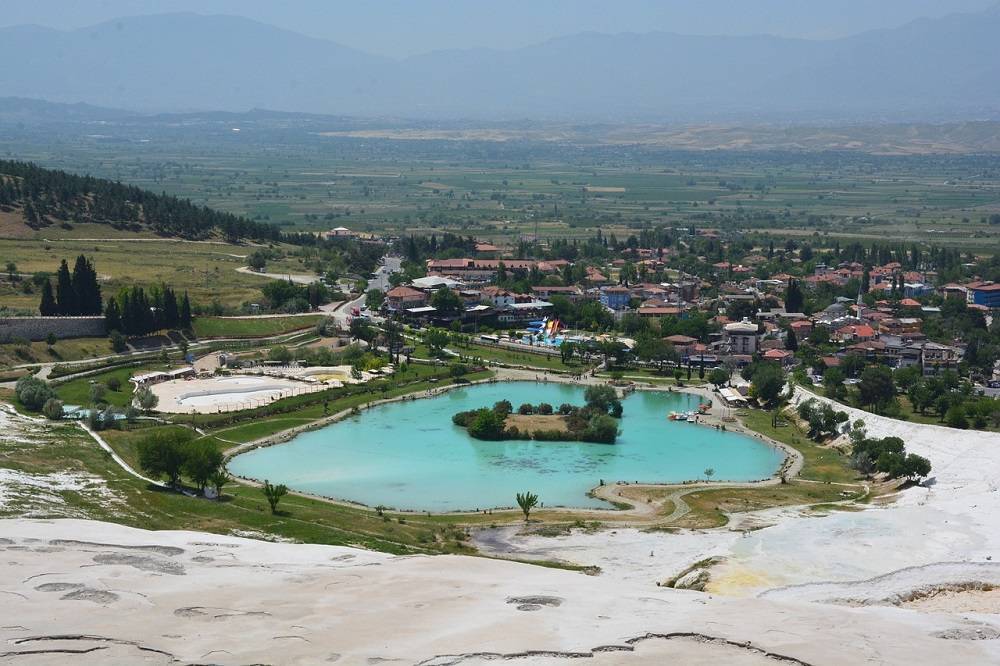Pamukkale is a natural wonder near Denizli, Turkey, also known as “cotton castle” in Turkish. The flowing water has left behind a carbonate mineral known for its healing powers. Pamukkale is much more than just hot springs, and in this blog, we’ll tell you about all the exciting things to do there! The Menderes Valley is located in Turkey’s Inner Aegean area, and the weather is suitable for most of the year.
Turkey is a vast country, and most travellers do not make it to the Pamukkale hot springs located outside of Turkey. So, if you want to visit Pamukkale, apply for a turkey visa or turkey e visa online.
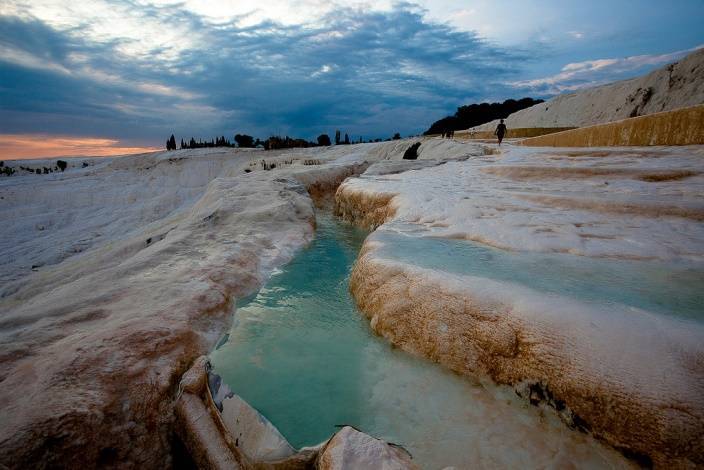
What’s so special about Pamukkale?
Pamukkale is great to visit for various reasons, the most important being its historical past. Throughout history, hot springs have been used for medicinal purposes.
According to the Turks, swimming in the pools will treat illnesses such as nutritional and chronic disorders, digestive and circulatory problems, eye and skin infections, and so on.
Cleopatra even used healing baths. Beautiful ruins and antique structures may be found among the travertine pools of Pamukkale. The Hierapolis city, positioned above the pool, is one of the primary attractions.
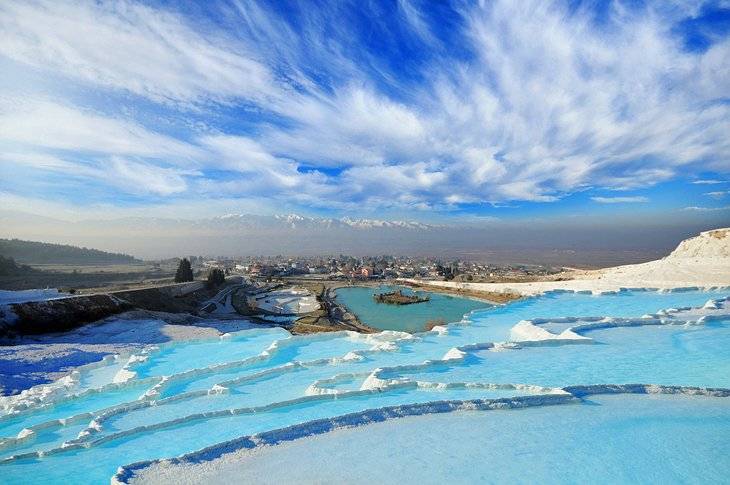
Pamukkale Travertine pool
When visiting Pamukkale, bathing in the gorgeous white travertine pools is necessary. Calcium deposits formed these natural rock ponds from the area’s hot springs.
Similarly, as stalactites form in caves, these deposits form on Pamukkale’s steep slopes. They eventually expanded out into pools over time. To get to these pools, you’ll have to go all the way up from the lower entrance to the top section of the park, where these tiny natural spas lie (barefoot to avoid damaging the travertine).
The pools at the top of the site are the hottest, while the ones at the bottom are only lukewarm.
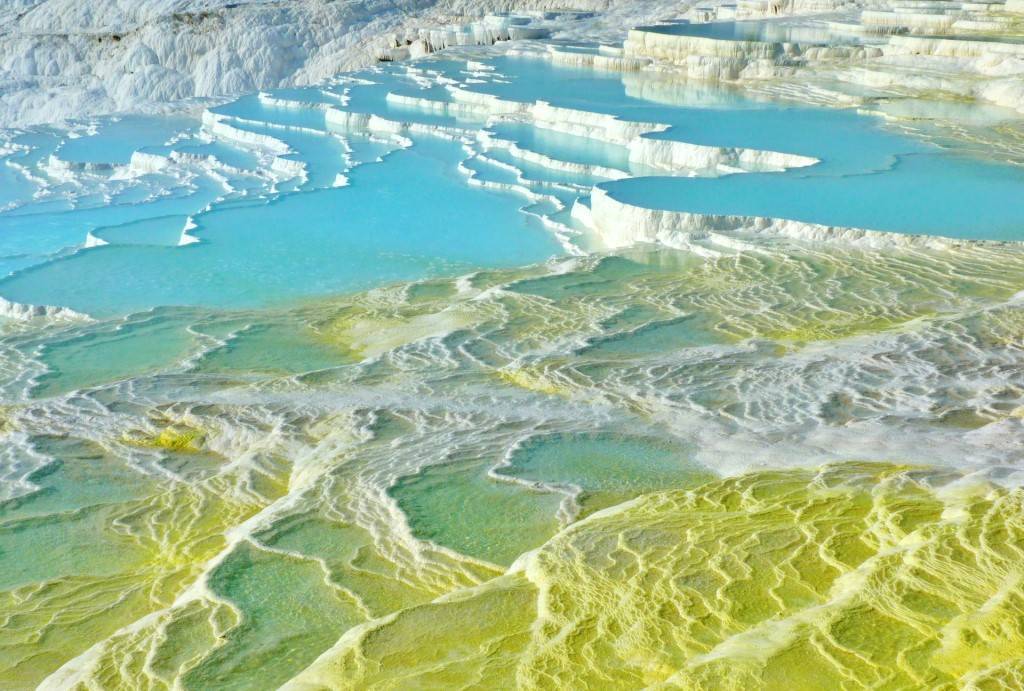
Hierapolis city
King Eumenes II of Pergamon established Hierapolis as a fortified Greek colony in 190 BC. Initially, the settlement served as a military post before being repurposed into a spa resort.
Tall columns and lovely lengthy pathways surround the city’s ruins. Visitors can hike up the Pamukkale limestone terraces to the Hierapolis ruins at the Antique Pool.
Don’t miss out on the prospects of taking in the ruins’ beauty. A Necropolis may be found in the northern part of the ruins, while a Byzantine church can be seen in the southern half.
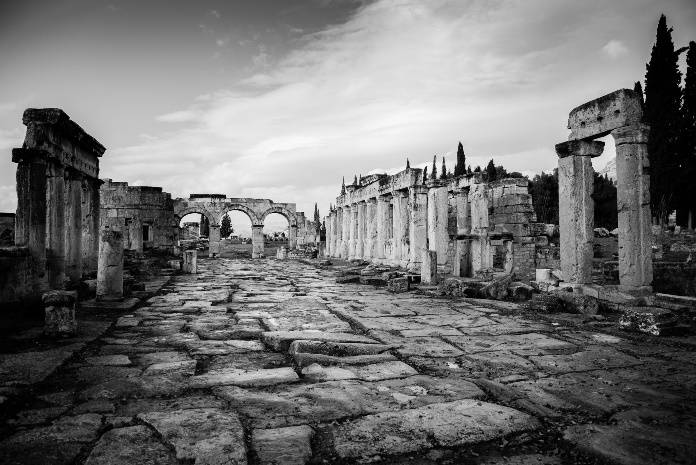
An antique pool of Pamukkale
There are a few other ponds worth viewing around the Apollo temple. Unlike natural travertine pools, these pools were carved out of limestone by the Romans. It’s a genuinely unusual hot-spring experience, with the temple’s submerged columns and marble parts scattered in the water. This is unlike any other interaction you’ve ever had!
You must pay 50 Lyra to swim in these Roman ponds in addition to the 50 Lyra required to see the site.
Children under six can use the ancient pool for free, while children aged six to twelve must pay 13 Turkish Lira. The collection is open from 8 a.m. to 9 p.m. from April to October. Paddle around the space, which is maintained at a specific temperature of 36 degrees Celsius. Cleopatra is said to have given this little pool as a gift from Marc Antony. After an earthquake, the structure fell into it, and it was left there. It is a notable tourist destination in Turkey, with both locals and visitors coming to it.
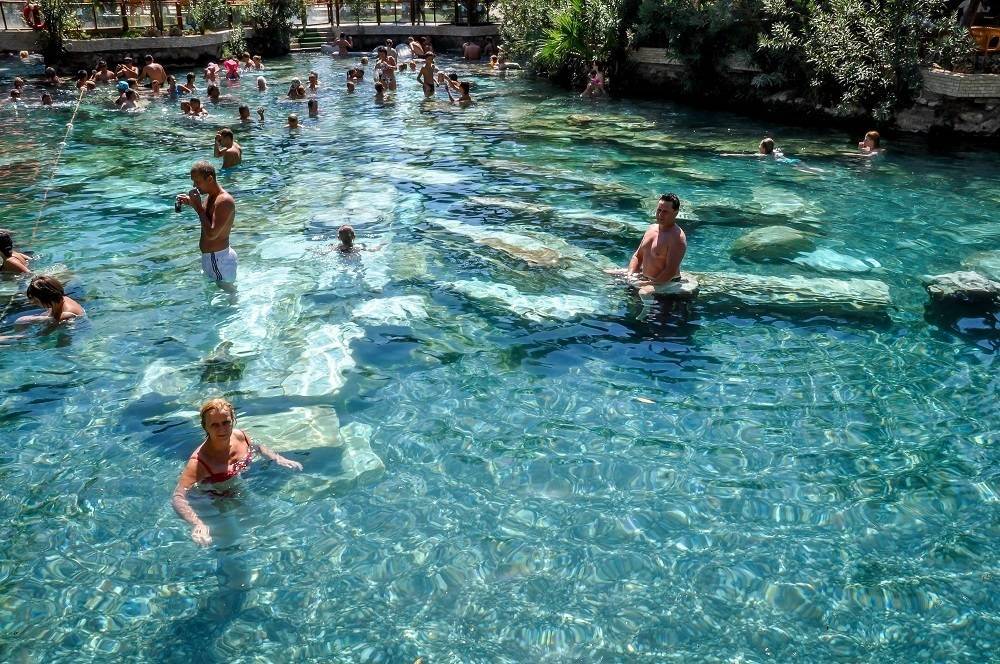
Hierapolis theatre
The theatre is the natural attraction for visitors to the Hierapolis ruins. It is located on a hill with a view of the ancient Greek village below. The theatre is beautifully maintained and retains a great deal of its historic beauty. The vista from the peak is breathtaking, and there are two tiers of seats to choose from. On one side, there are royal boxes with ornate décor that have survived the ravages of time along the stage.
The whole theatre has been meticulously renovated, and you will be sitting in the exact locations that people sat centuries ago, even though there isn’t much to see or do. This fantastic theatre is 100 metres long with over 28 rows of seats. Make a point of coming by here if you’re visiting Pamukkale in the winter. After sunset, the site is lovely, and the view of travertine terraces from the castle remains breathtaking. Stay during sunset or sunrise to get the most out of your visit.
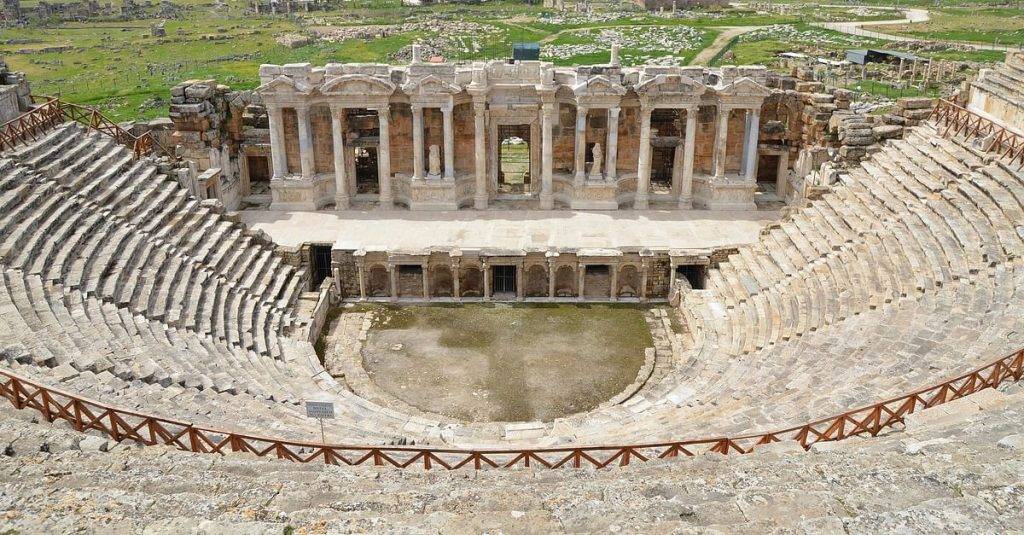
Hierapolis museum
This little museum, housed in a former Roman bathhouse, has an exciting collection of Hierapolis antiquities.
Hierapolis will come to life thanks to the museum’s visitors. Exquisite paintings, stone reliefs, and antique sarcophagi may be found here. Sculptures from the nearby Aphrodisias site were also included in the antiquities collection. The site often so artefacts, including intricate stone pieces.
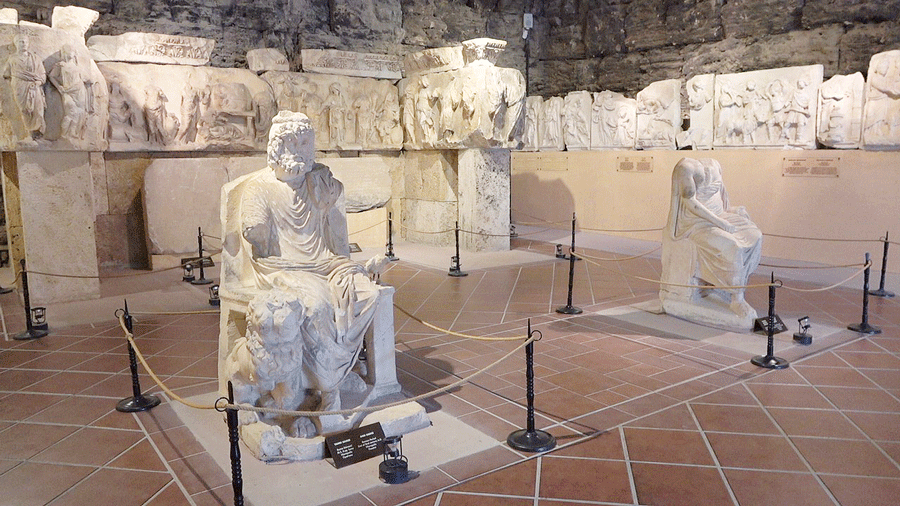
Let’s go to Pamukkale soon !
Pamukkale’s stunning landscapes will leave you speechless. It will be breathtaking and bizarre, and you will never believe that such a location exists in reality.
In our digital era, unique experiences are also becoming rare. Everyone is bombarded with so much information that seeing things that truly blow our heads has become rare. One of such experiences for you will be your vacation to Pamukkale.
I hope you liked reading our blog on Pamukkale, one of Turkey’s most important tourist attractions. Pamukkale is a tiny town, so keep reading Turkeyvisaonline.com Blogs to discover more about intriguing places worldwide and plan your perfect vacation.
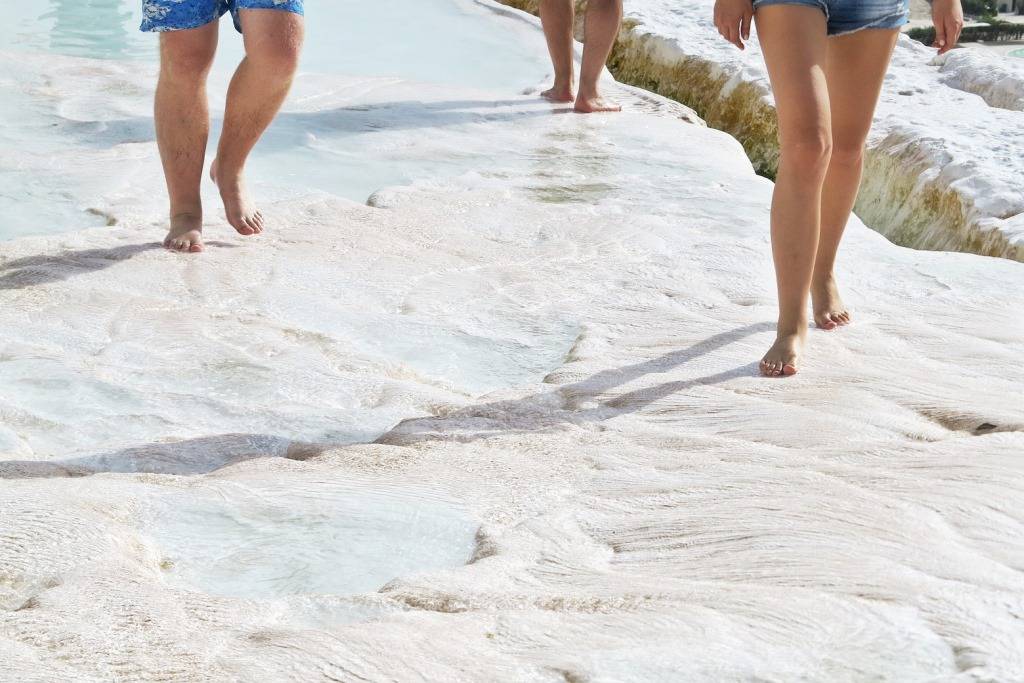
Rani Sharma is a famous blogger who has written many blogs on Travel, Food and turkey visa online applications.
